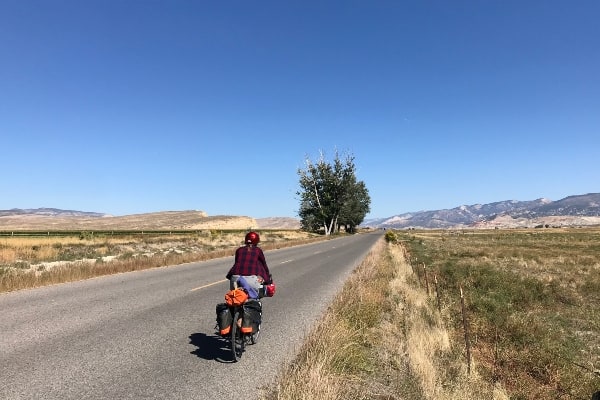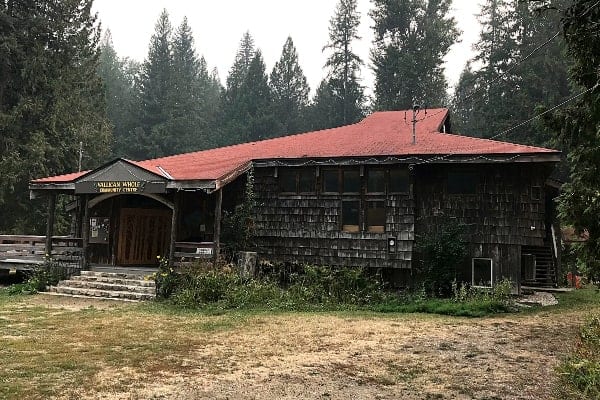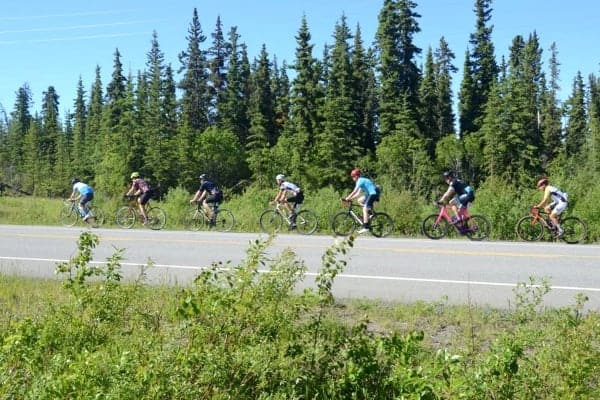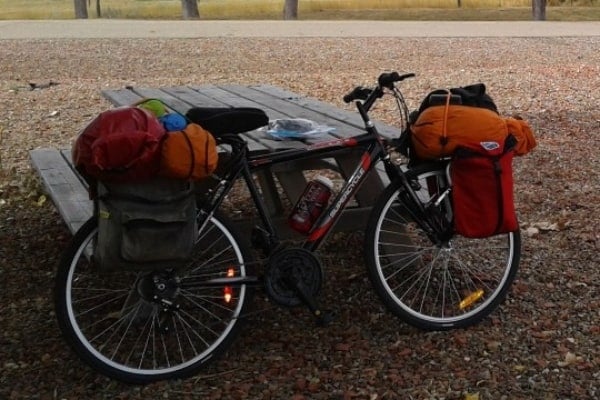The rise of the commuting cyclist in the Yukon’s capital over the past decade or so has been a joy to behold. Note that this is commuting cyclists, and not recreational cyclists, although often the two are one and the same.
When one thinks of a cycling city, the northern Canadian cities do not generally jump to mind. Whitehorse is no exception. Severe and long winters, roads designed for cars and trucks, and the dreaded Two-Mile Hill or Mountainview Drive separating downtown Whitehorse from most residential subdivisions are but a few of the perceived obstructions to commuters using cycling as an option for getting to and from work.
Technology has, to some extent, overcome these obstacles. The rise of fat tire bicycles has allowed cycling in all but the snowiest and iciest of conditions. Electric bicycles, which assist in pedalling, permit easier uphill climbs.
While some cycling purists scoff at electric bikes (or e-bikes) their ability to assist in getting up steep inclines is appreciated by most. It allows those workers who toil in downtown Whitehorse, but live above and beyond Two-Mile Hill, or at the far reaches of Mountainview Drive, to get home at the end of the day relatively relaxed and sweat-free.
The Yukon is already known as a great place for summer recreational cycling. The mountain bike trails in and around Whitehorse, the incredible system developed at Carcross on Montana Mountain, and the single-track systems being developed in other Yukon communities is a joy to behold.
Cycling is so much more than just a recreational pastime. There are those, many of them, who choose to use bicycles to commute to work, to the stores, or to access recreational sites. Now, the number of commuters who are choosing to cycle appears to be on the increase. This is based on anecdotal evidence from long-time cyclists in the city. The rise of bicycle retailers over the years also shows there is increased demand for pedal-powered transportation.
There are some, one hopes a minor few, Whitehorse car and truck residents who don’t like to see cyclists on what they view as their roads. Share the road is what it is all about. One advantage to vehicle drivers of the increased number of commuters choosing cycling as their means to get to work, or to go shopping is that it reduces the pressure on parking. More cyclists mean more parking spots.
The City of Whitehorse currently has a hodgepodge of bike lanes, paths and trails that are slowly getting connected together and upgraded. As the author of this article once snidely remarked “if we’re not careful, Whitehorse could become a pretty decent place to bike.”
Much work has yet to be done. It’s slowly getting better, but the lack of decent bicycle racks at places of work and stores has to be addressed. Some of the more progressive offices now have shower stalls to let sweaty employees shower before work.
The bike lane and path systems are far from complete and there are some crucial gaps in the system. A good example is the lack of a bike path or lane connecting the Two-Mile Hill system with the Waterfront path.
Despite the incompleteness of Whitehorse’s bike paths, the lack of decent bike racks, the occasional irritated car driver, and the odd bit of inclement weather, the Yukon’s capital is turning into a cycling commuter city.





3.5